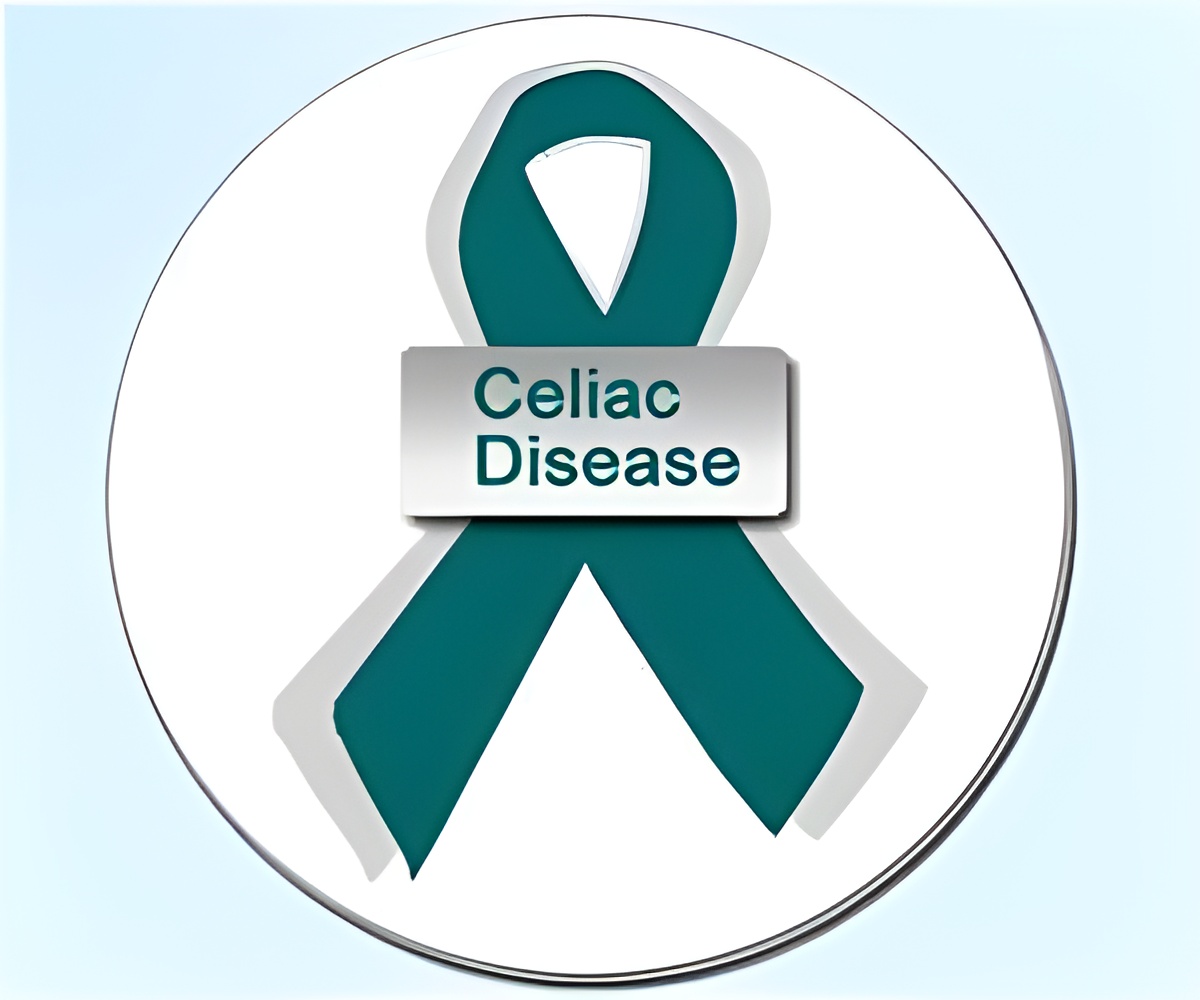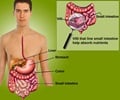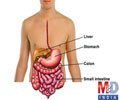
"This is the first study that compares the extent of BMD loss at the lumbar spine and femoral neck in an age and sex matched cohort, and demonstrates that the detrimental effects of coeliac disease are most pronounced in the lower back compared to the hip joint," said Mr Oldroyd of Lancaster University School of Medicine. "These findings may be due to the fact that the bone in the lumbar spine is spongy, less dense and weaker in comparison to the femoral neck, causing it to be more susceptible to the detrimental effects of coeliac disease. There is greater research required to determine why this effect is seen and whether it can have future implications for treatment."
The authors from Lancaster and the Liverpool area collected results of DEXA scans (used to measure BMD) from 1,030 patients with coeliac disease between June 2004 and September 2007. Scan results of the lumbar spine and femoral neck of patients with coeliac disease were compared to a healthy, age and gender matched cohort, with no identifiable risk factors for osteoporosis. Logistic regression analysis was used to investigate the association between coeliac disease and BMD results for the lumbar spine and femoral neck in the lowest tertile of the whole study cohort.
Source-Eurekalert














